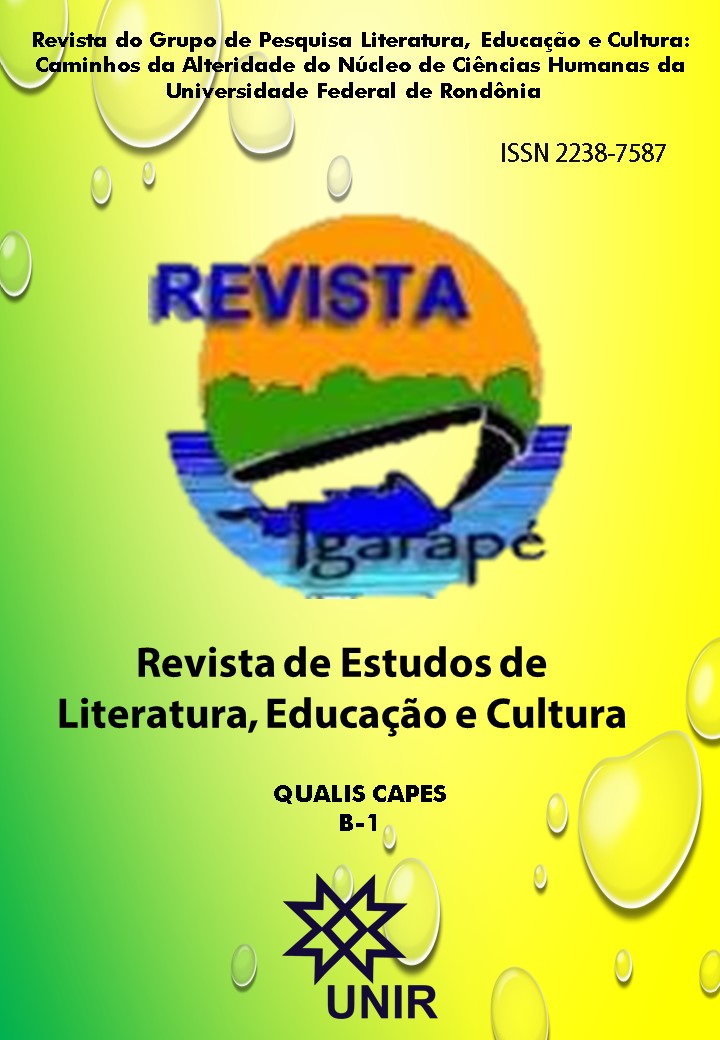MEANDROS DA MEMÓRIA NA CONSTELAÇÃO PAI E FILHO
DOI:
https://doi.org/10.47209/2238-7587.v.13.n.1.2999Resumo
No romance Heimatroman oder Wie mein Vater ein Deutscher wurde, escrito por Nicol Ljubic e publicado em 2006, o escritor retrata a história de imigração de seu pai. Durante uma viagem que deseja retraçar o caminho até a Alemanha, a voz narrativa tentar ordenar e entender as memórias do protagonista. Assim, o presente artigo pretende analisar a questão da rememoração primeiramente discutindo a representação da memória como terra incógnita e, na sequência, focando sobre modo como o pai rememora seu passado e como a voz narrativa administra essas informações. A dinâmica de aproximação ao passado se revela complexo, abarcando motivações múltiplas que influenciam o conteúdo daquilo que volta à memória.
In the novel Heimatroman oder Wie mein Vater ein Deutscher wurde, written by Nicol Ljubic and published in 2006, the writer portrays his father’s history of immigration. During a trip, which wishes to retrace the immigration path to Germany, the speaker tries to order and understand the main character’s memories. Thus, this article aims to analyse the question of remembrance firstly discussing the representation of memory as terra incognita and, after that, focusing on the way the father remembers his past and how the speaker processes these pieces of information. The dynamics of retrieving the past turns out to be complex, encompassing multiple motivations that influence the content of what comes back to memory.

